We're constantly questioned about what we see the future holding for smartphone technology. The question is as much philosophical as it is technical or forward looking. When cellular technology became mainstream, the goal was to connect people, and at the time that meant being able to place a call from anyone to anyone, regardless of where the mobile user was. This has quickly evolved into having complete connectivity, not just by voice, but by photos, video, and text. We expect our phones to be available anytime, anywhere. Many users have commented about how mobile phone technology has quickly evolved from a luxury to a necessity. Remember the days when lost driving, we had to pull to the side of the road and look at a 4 foot wide map stored in the glove compartment? We're not even sure how to get anywhere without Google Maps these days. Think back to the days before practically everyone had mobile phones with voicemail and text messaging. We had to call someone, and leave a message on a tape recorder answering machine, that they potentially would get hours, days, or weeks later.
Nostalgia is fun, but the fact is that mobile smartphones have become a household item, possibly even more common than a car or a phone book. We look back at where the industry has taken the technological evolution in such a short time, but one site, Gigaom has gone one step further in predicting what features and technologies the next round of devices will make the norm.
Here's what Gigaom observes about smartphones and consumer electronics.
Sales Pace - In 2011, smartphones outsold personal computers. About 468 million smartphones were sold in 2011, that's more sales than the entire population of the United States. It's expected that in 2015, tablet sales will parallel the number of personal computers sold, while 1 billion smartphones will be sold. That's 1 smartphone for every 7 humans on planet Earth!
User Interfaces - Have a friend that has a QWERTY keyboard on their mobile device? That's likely going to change. Fewer and fewer smartphones and tablets are being released with physical keyboards. Not only are devices going touch, but many devices are going one step further, featuring voice-recognition capabilities like Apple's Siri. Meanwhile, Samsung's Galaxy S III will have the "Smart Stay" feature, which will be tracking your eyes and keeping the screen on, while you're looking at it, reading something, thus freeing you from having to touch the display every once in a while in order to keep it on.
More Cores = More Capabilities - The one aspect that's been consistent in the evolution of processors is they become more powerful through the use of multi-core processing. Both application processors and graphics processors have evolved into workhorses that drive technologies such as hi-definition video capture and editing, 3D applications, and rapid application loading. The line between gaming device and smartphone has become blurry as more smartphones are coming with processors capable of handling graphics and game play that only dedicated gaming units have been able to in the past. Current and next generation processors will likely allow more to run in the background, creating tablets and smartphones that render a personal computer less and less appealing, as the same tasks will be able to be accomplished on an extremely portable device.
Imaging - Many users have already ditched their point and shoot still cameras in favor of using their smartphone as their primary video and photo capture device. The days of traveling with a video camera, still camera, and mobile phone have been replaced by the modern smartphone. The CMOS sensors on the modern smartphone allow for 5-10 megapixel photo shooting, and up to 1080p video recording. Popular sites like YouTube, Instagram, Facebook, and Twitter make it easy to upload with the touch of a button, further rendering stand-alone point and shoot cameras and video cameras a product of the past. It's expected that in the future the quality of the sensors and image capture capabilities in smartphones will continue to increase.
Apps - 10 years ago this term would have meant nothing to you, however today it is a household term. Apps are what drives the success of any smartphone. A mobile operating system without apps makes using the device less appealing. Ten years ago, it was Blackberry OS and Symbian OS as the primary players, but they failed to keep up with the demand for content rich apps, and have since given up their throne in the smartphone arena. The two key players in the mobile OS industry today are Apple with iOS, and Google with Android OS. Android is very open-source, whereas iOS is generally more closed, however both have a thriving development community. Windows Phone has come onto the scene recently, and is expected to gain some ground in the coming years, but it's widely expected that Android and iOS will continue to rein for the foreseeable future. Google's Android OS is acclaimed for it being open source, which gives it appeal to those who want to be able to customize it more, whereas Apple's iOS is widely known for being fairly closed, not allowing the end-user to make many modifications, and restricting what aspects of the operating system developers are able to interface with. It's expected that app growth will continue to be a huge driver for new and existing users of smartphones. It's hard to find a major company who doesn't say "we've got an app," so it would seem the apps will continue to be one of the primary drivers of people to continue to chose smartphones for their next mobile device.
NFC - NFC, or Near Field Communications, is a technology that's been around for some time, but has been a bit slower to be deployed in the United States because of it's potential security risks. In the early 2000's, credit card companies began imbedding RFID (radio frequency identification chips) into credit cards globally. While it's hard to find a credit card in Europe or Asia without the microchip, consumers in the United States have been a bit more skiddish to adopt such technology due to concerns surrounding the security of the data. this is finally seeming to change, with the release of devices like the Samsung Galaxy Nexus, which totes NFC technology. NFC technology holds a large number of uses, from making payments on a subway train, or vending machine, to exchanging data with the tap of two devices. It's possible that the next generation of smartphones will finally integrate NFC technology as a standard feature. If this happens, it could be the biggest payment-system revolution since the invention of credit and debit cards. NFC could render carrying a wallet useless if government agencies were to adopt an identification system utilizing NFC, and credit card issuers all got on board with deployment of the technology.



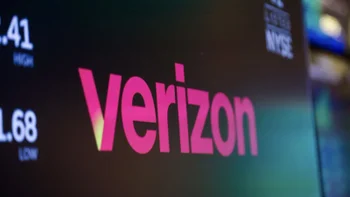

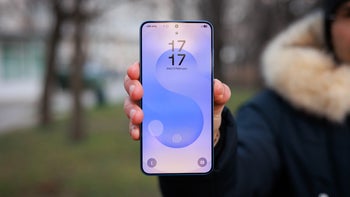



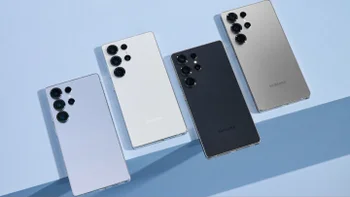

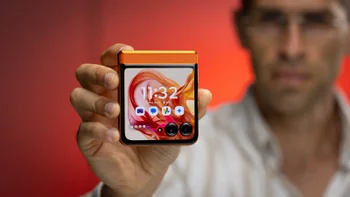

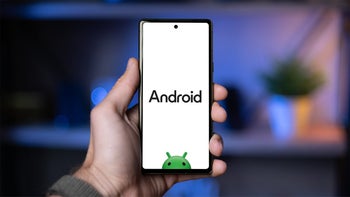
Things that are NOT allowed:
To help keep our community safe and free from spam, we apply temporary limits to newly created accounts: